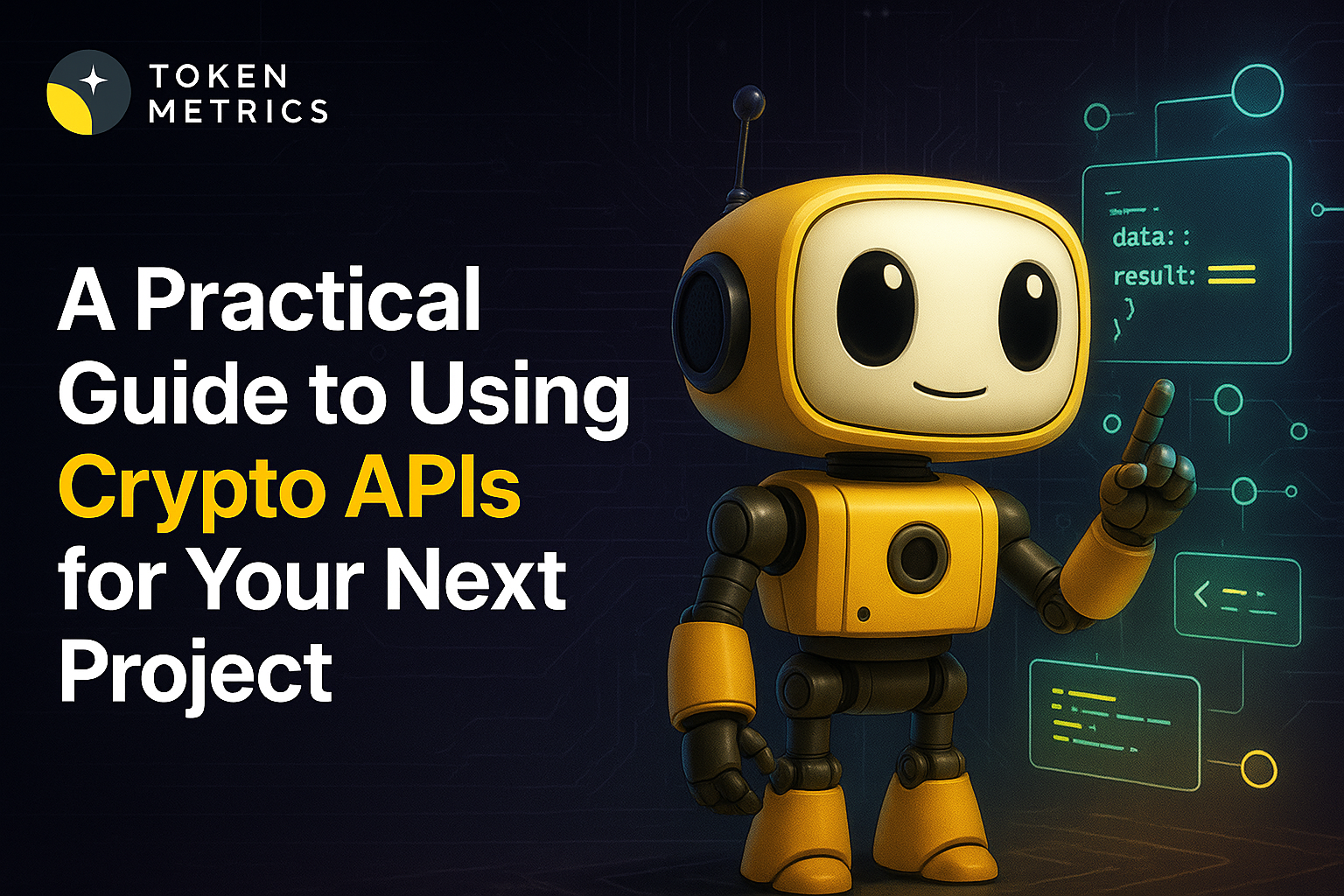
Crypto Future Predictions - What to Expect in the Next 5 Years?

The digital money revolution is in full swing. With an array of coins to choose from and an industry that never sleeps, the world of cryptocurrency holds unlimited potential. But what does the future hold for crypto in the next 5 years?
In this report, we delve into the intricacies of the anticipated cryptocurrency environment. We'll explore market future predictions, the role of artificial intelligence (AI), regulatory implications, and the ripple effects of Bitcoin halving.
Current Crypto Developments
The crypto market's journey has been nothing short of a wild ride. Bitcoin, the leading cryptocurrency, scaled new peaks in 2021 before plunging and then gradually recuperating.
Amidst these fluctuations, investors, businesses, and governments worldwide are increasingly accepting cryptocurrencies as genuine financial assets.
Adoption Acceleration: High-profile corporations like AMC, AT&T, PayPal, Microsoft, and Tesla now accept digital currencies for transactions. This trend shows no sign of slowing down, with more businesses expected to join in.
DeFi Surge: Decentralized Finance (DeFi) has taken the industry by storm. This blockchain-based financial system operates without traditional intermediaries like banks or brokerages.
It has led to the dramatic growth of DeFi applications offering services from lending to insurance.
Regulatory Attention: Governments are now more focused than ever on cryptocurrencies. While some have banned them outright, others are studying regulatory frameworks. Although regulation carries risks, it also promises potential advantages like increased stability and investor protection.
Crypto Future Predictions for the Next 5 Years
The cryptocurrency market is notoriously difficult to predict due to its high volatility. However, there are a few trends worth noting for the near future.
Bitcoin: As the pioneer cryptocurrency, Bitcoin's performance significantly impacts the broader crypto market.

Analysts predict that increased institutional adoption and limited supply post-halvings could propel Bitcoin towards $100,000 and beyond in the next 5 years.
Ethereum: As Ethereum transitions to Ethereum 2.0, it could unlock additional value. The platform's potential for DeFi applications and smart contracts has experts predicting a bullish future, with prices expected to surpass previous records.
DeFi Coins: DeFi platforms like Uniswap, Chainlink, and Aave have experienced rapid growth. As the DeFi sector expands, these coins could enjoy further appreciation.
Regulatory Implications for Crypto
Regulation presents a paradox for cryptocurrencies. On the one hand, increased regulation could enhance the legitimacy of the crypto market and attract more institutional investors.
Conversely, over-regulation risks stifling innovation and undermining the decentralization that distinguishes crypto.
As governments worldwide grapple with this new asset class, regulatory developments are expected to shape the market's trajectory. Staying abreast of these changes will be crucial for navigating the crypto landscape effectively.
Repercussions of Bitcoin Halving
Bitcoin halving events — where the reward for mining new blocks is halved — have direct consequences for Bitcoin's supply and consequently, its price. The last halving in May 2020 cut the block reward from 12.5 to 6.25 Bitcoins.
Historically, Bitcoin halving events have precipitated significant price increases due to the ensuing reduction in new Bitcoin supply. While the next halving is not due until 2024, anticipation and lingering effects from the last halving may still influence prices in 2023.
The Future Outlook of Crypto Industry
Given the current trends, it's clear that cryptocurrency has a firm foothold in the future. But what lies ahead?
Institutional Adoption: Expect increased institutional integration of crypto as the technology matures and regulatory uncertainty clears. More traditional financial institutions may even start offering crypto services.
Innovation in Applications: The crypto sector is set to continue innovating. Keep an eye out for emerging applications, such as Decentralized Autonomous Organizations (DAOs), non-fungible tokens (NFTs), and expanded use cases for smart contracts.
Persistent Regulation: Regulatory efforts around cryptocurrencies will continue. Although this may pose some challenges, it could also lead to greater market stability and better protection for consumers from scams and market manipulation.
Role of AI in the Crypto Space
Artificial intelligence will play a pivotal role in the future of crypto, particularly in trading, security, blockchain management. Furthermore, AI chatbots are poised to transform various aspects of the crypto experience for investors.
Trading: AI can analyze vast amounts of data faster and more accurately than any human. This capability could lead to more efficient trading strategies, risk assessment, and predictive models for price trends.
Security: AI could bolster security in the crypto industry by detecting fraudulent patterns or suspicious activities faster, thereby reducing the risk of hacks and thefts.
Blockchain Management: AI could manage nodes and the verification process on a blockchain network more effectively, making the entire system more efficient and scalable.
Crypto AI Chatbots - AI chatbots can serve various purposes. These include trading assistance, price prediction, crypto education, and bolstering security within the crypto space by providing alerts to users of suspicious activity
Wrapping Up
The future of cryptocurrency presents an enticing mix of promise, innovation, and potential for high returns, tempered by volatility and risk. It is imperative for investors to comprehend these dynamics and stay informed.
Cryptocurrency has the potential to disrupt the financial industry profoundly. Ensure you are well-positioned to capitalize on the opportunities as we navigate the future of crypto.
Disclaimer
The information provided on this website does not constitute investment advice, financial advice, trading advice, or any other sort of advice and you should not treat any of the website's content as such.
Token Metrics does not recommend that any cryptocurrency should be bought, sold, or held by you. Do conduct your own due diligence and consult your financial advisor before making any investment decisions.

.svg)

Create Your Free Token Metrics Account

.png)




%201.svg)
%201.svg)


%201.svg)









.svg)




.png)